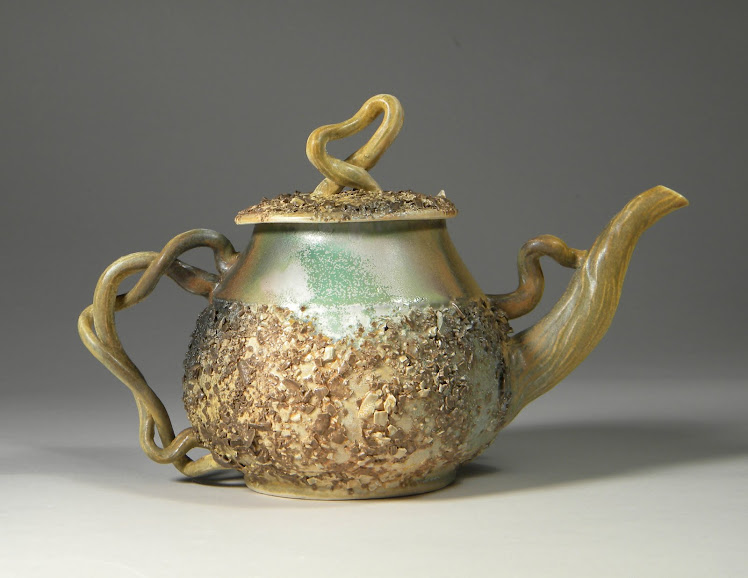I made my trip to stock up on raw materials and clay yesterday and was floored by the increased price of tin! It was more than double the cost of what I paid last year. Tin is used as an opacifier in glazes and also to achieve reds and pinks in midfire glazes. Due to cost, I've decided to save my tin for chrome-red glazes and substitute other opacifiers in various glazes. I've spent the morning researching my alternatives online and in Robin Hopper's book "The Ceramic Spectrum." The following link to the site Digital Fire had a pretty good list of opacifiers and covered most of what was in Robin Hopper's book. However, Hopper also mentions that Clays and Feldspars may act as opacifiers as well. These work similar to one another as a glaze will only absorb so much clay before the remainder remains unmelted. The glazes made in this manner would have an opaque matte character and may have a dry underfired look. I prefer matte glazes achieved by the formation of small crystals formed by slow cooling. Some of the materials that aid in the process are: lithium, barium (I prefer not to use this for toxicity reasons), zinc, potassium, magnesium, sodium, and iron.


No comments:
Post a Comment